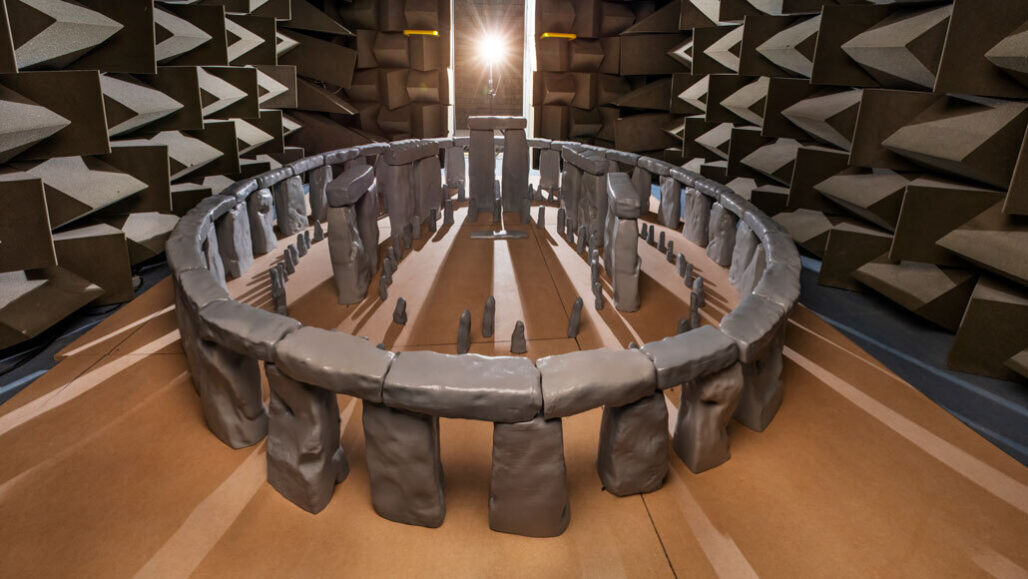A team of researchers affiliated with multiple institutions in the U.K. has discovered how cells are able to travel so accurately through the human body. In their paper published in the journal
Science, the group describes a theory they developed to explain cell orienteering and how they tested it using mazes.
When the body is injured, such as being poked with a needle, the
immune system responds by sending
white blood cells to kill any bacteria that might be trying to enter through the wound.
But how do the cells know how to find the wound? Prior research has shown that cells use chemicals in the body known as chemoattractants to navigate short distances. White blood cells can sense and move toward them —
but it only works for short distances. In this new effort, the researchers found that cells can use such chemoattractants in a different way to navigate longer and more complicated pathways.
The researchers theorized that certain cells navigate by breaking down chemoattractants that are close to them.
They then sense the degree to which the chemoattractants are replenished, and most importantly, in which direction. By noting the position of the new chemoattractants, they are able to move toward their desired destination. As an example, a white blood cell working its way to a wound upon finding a fork in the road would choose the path with the most or newest chemoattractants
after it breaks them down in both directions.
To test their theory, the researchers first created computer models to test its soundness. Doing so convinced them they were on the right track. Next, they etched a host of tiny mazes onto silicon chips, added chemoattractants and then dropped in soil amoebae that are known to navigate. They then watched as the amoebae broke down the chemoattractants they found in their path and then continued on their way in the direction in which new chemoattractants were filling in for the old. They found that the amoebae were very good at finding their way to destinations on relatively simple mazes,
but were less skilled in those that were more complicated and had long dead ends. Still,
nearly half of those tested managed to find their way through. The researchers suggest the accuracy declines as more time is taken to parse a
maze. Those
cells at the tail end of a group find all the chemoattractants have already been broken down by those ahead of them, and thus have nothing to use as a guide.

Comment: See also: